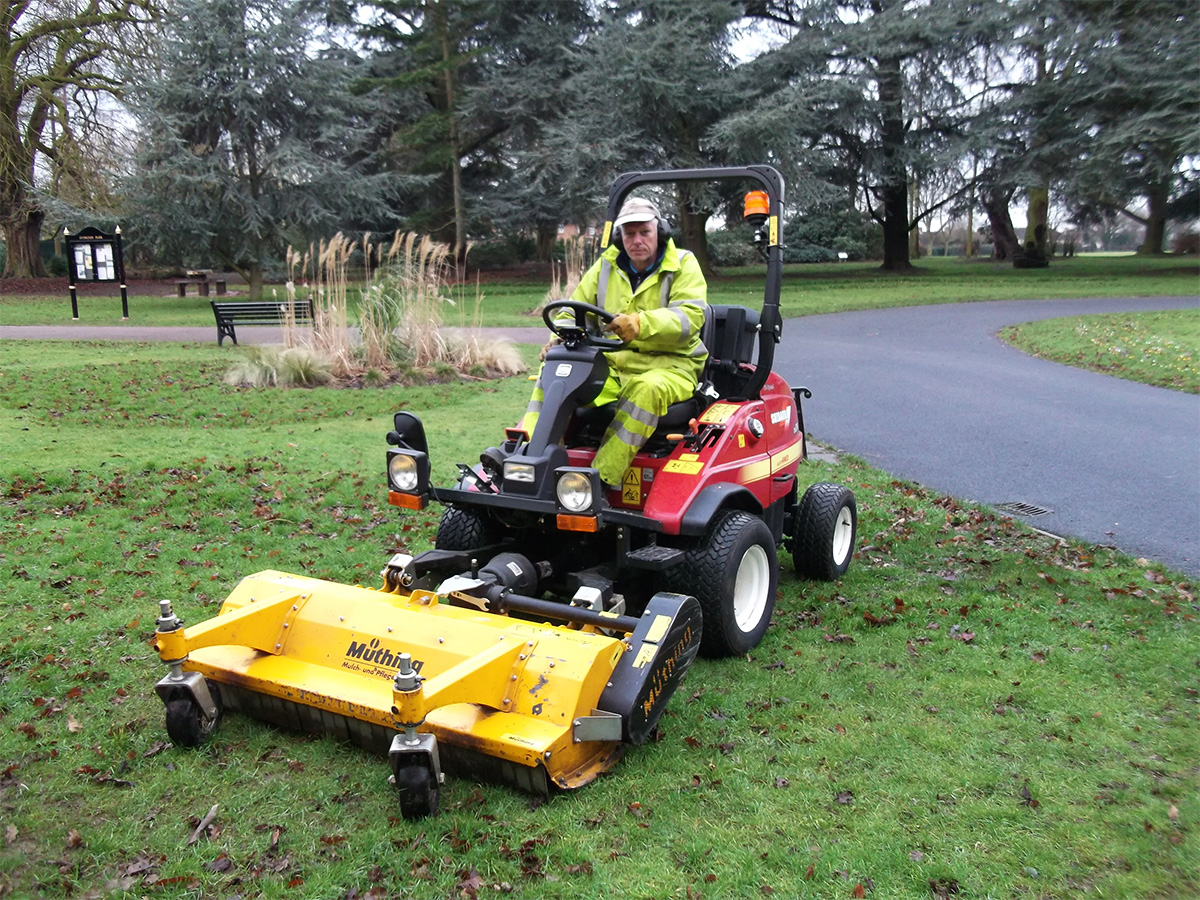Grass cutting

We maintain around 10.3 million square metres of grass across the city. This includes highway verges, parks, wildlife meadows and other green spaces.
Quick links
Spring 2024 update
With the recent unprecedented level of rainfall and warmer temperatures throughout the winter, our city has seen an unusual surge in grass growth of up to 1.5ft. This growth combined with high water levels and waterlogged areas, presents challenges for our grass-cutting team as our machinery is too heavy to navigate these conditions easily.
In areas where we can begin mowing, the wet ground may result in a rough cut initially with more arisings that usual. Yet, as we move into the drier months of Spring and Summer, further cuts will significantly improve the appearance of the ground.
Please be assured that our dedicated team are working to maintain the city despite these obstacles.
We only remove the grass cuttings from biodiversity rich grassland such as flowering lawns or wildflower bee road areas, high maintenance ornamental lawns or bowling greens. In most places it is impractical for us to remove the cuttings so they are left on the ground. After the grass has been cut operatives with blowers clear any cuttings that have fallen onto nearby hard surfaces.
When do we mow?
Our mowing schedule is weather dependent and subject to change in the event of extreme weather or poor ground conditions.
In very wet weather some areas can become waterlogged. To prevent damage to the grass and our mowing machines we avoid cutting these areas until they have dried out.
During prolonged dry weather grass growth is minimal so we suspend our mowing operations to avoid damaging the grass roots and soil.
If we are unable to mow an area, we will monitor it and resume cutting as soon as conditions allow.
To encourage wildlife selected grassed areas and the centre of some verges are cut once per year. Throughout the summer these areas provide food and shelter to beneficial insects such as bees, hoverflies, butterflies and many others. They are cut in August or September to encourage new growth in the following season.